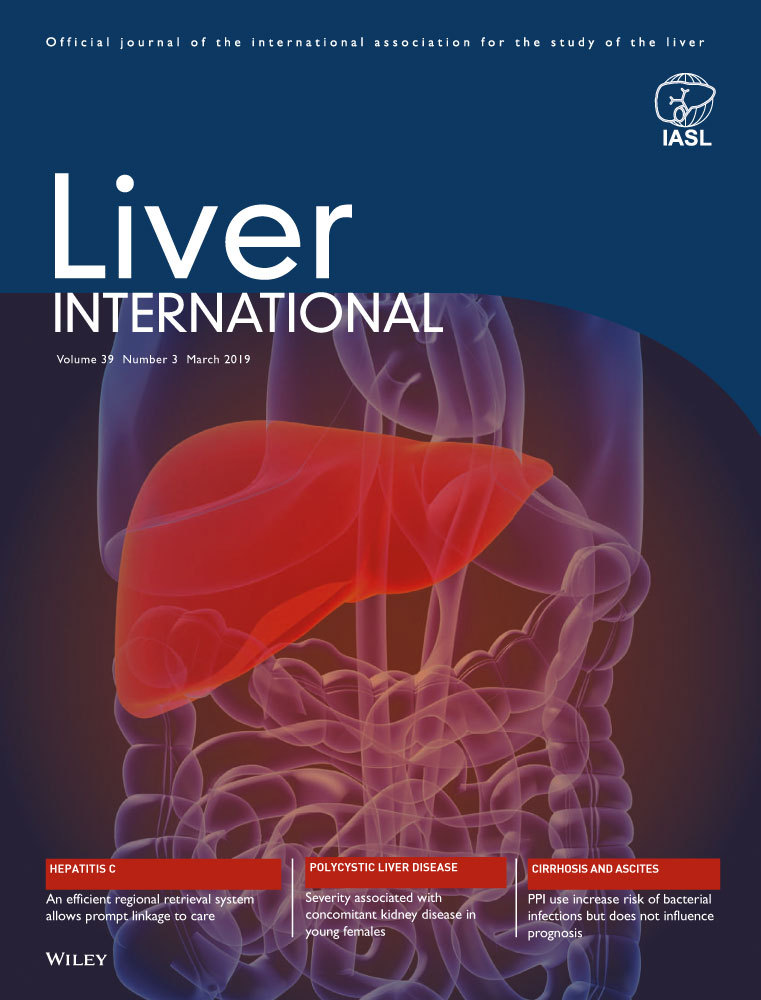Severity in polycystic liver disease is associated with aetiology and female gender: Results of the International PLD Registry
Funding information
EASL Registry Research Grants Programme and unrestricted IPSEN grant for establishment of the PLD Registry. EASL and IPSEN had no role in the design or conduct of the study, or in the writing and submission of the manuscript. The Radboudumc Department of Gastroenterology and Hepatology is part of ERN-rare liver https://www.rare-liver.eu/.
Key points
In this study, we present the largest cohort of patients with polycystic liver disease (PLD) including both ADPKD (cysts in kidney and liver) and ADPLD (cysts in liver) patients. We show that PLD severity, expressed in liver volume, is highest in young female patients with ADPKD.
Abstract
Background & Aims
Polycystic liver disease (PLD) occurs in two genetic disorders, autosomal-dominant polycystic kidney disease (ADPKD) and autosomal-dominant polycystic liver disease (ADPLD). The aim of this study is to compare disease severity between ADPKD and ADPLD by determining the association between diagnosis and height-adjusted total liver volume (hTLV).
Methods
We performed a cross-sectional analysis with hTLV as endpoint. Patients were identified from the International PLD Registry (>10 liver cysts) and included in our analysis when PLD diagnosis was made prior to September 2017, hTLV was available before volume-reducing therapy (measured on computed tomography or magnetic resonance imaging) and when patients were tertiary referred. Data from the registry were retrieved for age, diagnosis (ADPKD or ADPLD), gender, height and hTLV.
Results
A total of 360 patients (ADPKD n = 241; ADPLD n = 119) met our inclusion criteria. Female ADPKD patients had larger hTLV compared with ADPLD (P = 0.008). In a multivariate regression analysis, ADPKD and lower age at index CT were independently associated with larger hTLV in females, whereas in males a higher age was associated with larger hTLV. Young females (≤51 years) had larger liver volumes compared with older females (>51 years) in ADPKD.
Conclusion
Aetiology is presented as a new risk factor associated with PLD severity. Young females with ADPKD represent a subgroup of PLD patients with the most severe phenotype expressed in hTLV.
CONFLICT OF INTEREST
The authors do not have any disclosures to report.




